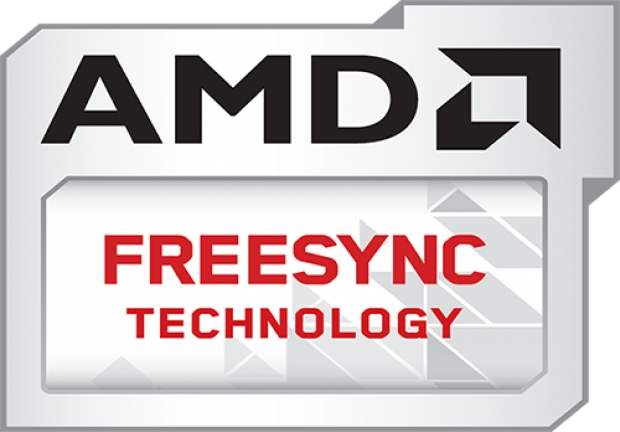Index
AMD FreeSync is here and it works with select graphics cards and monitors. Currently, only a handful of Radeon cards support the technology in games, but an all new generation of AMD graphics is on the way, so this shouldn’t be much of an issue for further adoption.
AMD is still toiling away to bring adaptive refresh rate support to CrossFire systems. Many gamers use CrossFire to boost performance or upgrade their rigs, so CrossFire support would be a very welcome addition to FreeSync.
It is vital that you configure your system to churn out upwards of 40fps in case you want to use FreeSync in games. We experienced some tearing with our system, but only when the frame rate dipped under 40fps. The frequency range depends on the monitor, but as long as you are in it, you will get excellent results and smooth gaming with no stuttering or frame tearing.
FreeSync does not put an overhead on the GPU, so we could not measure any difference in performance when we enabled FreeSync in games.
AMD and Nvidia currently use two different (and competing) technologies to enable dynamic refresh rates in games – and this is probably the biggest problem with the approach. While both solutions work and offer good results, they also force users to choose one brand or the other. Monitors with G-Sync or FreeSync support don’t come cheap, but if you choose to swap out your Geforce for a Radeon or vice versa, you will have to buy a new monitor if you want to continue using adaptive referesh rate in games.
Still, aside from locking consumers into their respective technologies, AMD and Nvidia did a good job and we were very pleased with FreeSync. If you’re an AMD fan it’s worth the extra investment. 

